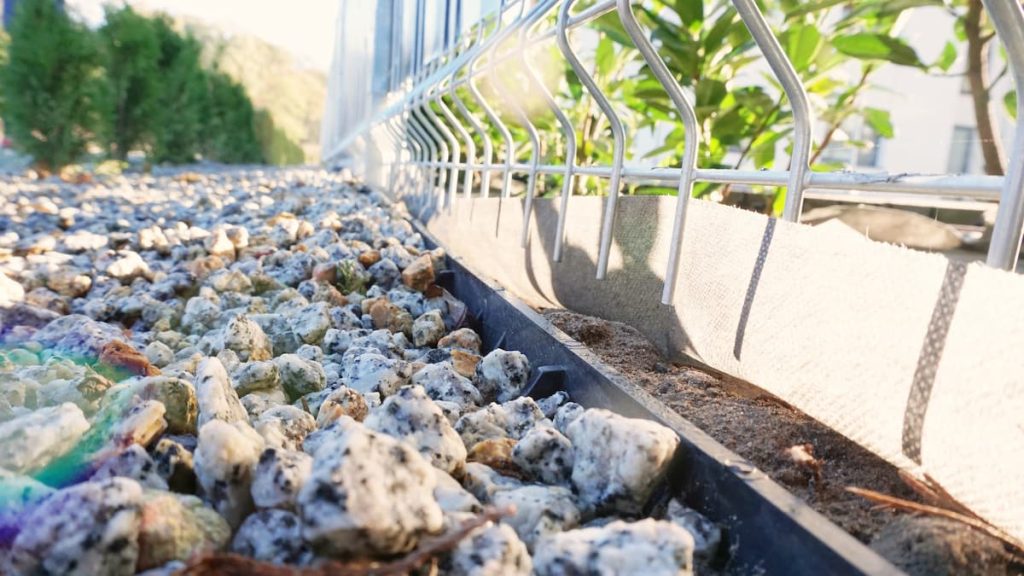
Fitting an agro-textile is relatively simple and can be done by any gardener. Below are the steps you need to follow to install the agro-textile correctly. So how to fix agro-textile?
It is important that the agro-textile is neither too tightly nor too loosely attached.
So simple. Now there is nothing left to do but wait for the plants to be sown and enjoy the garden.
This is one of the key questions that arise when deciding to use this material in the garden. First of all, it is worth emphasising that the correct fixing of agro fleece is not only important for the stability of the material, but also for its effectiveness.
The most common way installation of agro-fibre The use of special anchors for this purpose is considered. The purpose of these anchors is to prevent the material from being lifted by the wind and to ensure that it remains taut on the soil surface. One of the best solutions available on the market is the G‑PIN 16/20 type anchors. They are characterised by high durability and effectiveness, making them the ideal choice for professionals and amateur gardeners. They fit perfectly into the structure of the agro-textile fabric, ensuring a firm hold on the fabric.
Another way, although less professional, is to use stones or bricks. These can simply be laid on top of the edges of the agro-textile, but this method does not provide as much tension on the material as with the anchors. If you are wondering, how to fix the agro-textile on more winding paths or unusual surfaces, consider using special gardening staples. These are perfect for fixing agro-textile fabric in hard-to-reach areas.
As you can see, the correct fastening the agro-textile to the ground is the key to its effective operation. When choosing materials from the garden shop, it is worth investing in proven anchors, such as G‑PIN 16/20, which guarantee durability and secure fastening. A well-fixed agro-textile will last a long time, protecting your plants from many hazards.
Robust fixing of agro fleece forms the basis for ensuring its effectiveness in the garden. The first reason is that poorly attached agro-textile can be lifted by the wind, which not only endangers young plants through mechanical damage, but also exposes the soil to erosion. In addition, if the material is not properly tensioned and attached, water from rainfall can collect on its surface, creating puddles, which in turn lead to stagnant water and plant rot.
Correct fixing of agro fleece is also important from the point of view of weed control. If the agro-textile is not well fixed, weeds can easily penetrate through any overlaps or gaps, defeating the main purpose of its use. What’s more, a solid fastening ensures that the material will lay permanently on the ground, protecting the plants throughout the season.
Finally, sustainable fastening the agro-textile to the ground ensures its long service life. Checking it regularly and ensuring that it is properly attached prevents it from premature wear or damage, which in the long run translates into savings and efficiency in the garden.